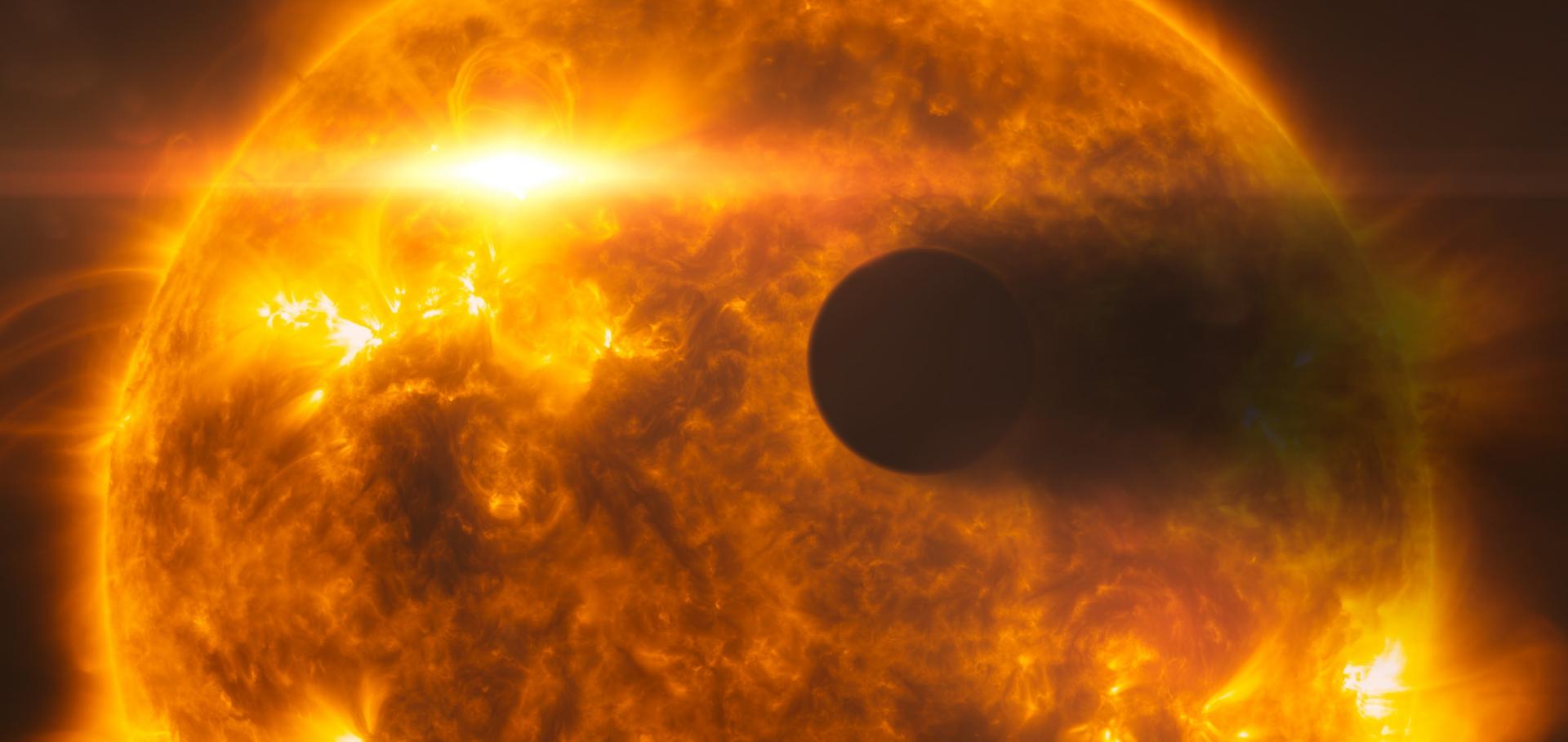Exploring the Diversity of Jupiter-Class Planets (Discussion Meeting Contribution)
(2014)
Rotation Periods of 34,030 Kepler Main-Sequence Stars: The Full Autocorrelation Sample
(2014)
Radial velocity variations of photometrically quiet, chromospherically inactive kepler stars: A link between RV jitter and photometric flicker
Astronomical Journal 147:2 (2014)
Abstract:
We compare stellar photometric variability, as measured from Kepler light curves by Basri et al., with measurements of radial velocity (RV) rms variations of all California Planet Search overlap stars. We newly derive rotation periods from the Kepler light curves for all of the stars in our study sample. The RV variations reported herein range from less than 4 to 135 m s-1, yet the stars all have amplitudes of photometric variability less than 3 mmag, reflecting the preference of the RV program for chromospherically "quiet" stars. Despite the small size of our sample, we find with high statistical significance that the RV rms manifests strongly in the Fourier power spectrum of the light curve: stars that are noisier in RV have a greater number of frequency components in the light curve. We also find that spot models of the observed light curves systematically underpredict the observed RV variations by factors of ;2-1000, likely because the low-level photometric variations in our sample are driven by processes not included in simple spot models. The stars best fit by these models tend to have simpler light curves, dominated by a single relatively high-amplitude component of variability. Finally, we demonstrate that the RV rms behavior of our sample can be explained in the context of the photometric variability evolutionary diagram introduced by Bastien et al. We use this diagram to derive the surface gravities of the stars in our sample, revealing many of them to have moved off the main sequence. More generally, we find that the stars with the largest RV rms are those that have evolved onto the "flicker floor" sequence in that diagram, characterized by relatively low amplitude but highly complex photometric variations which grow as the stars evolve to become subgiants. © 2014. The American Astronomical Society. All rights reserved.Transiting exoplanets from the CoRoT space mission: XXV. CoRoT-27b: A massive and dense planet on a short-period orbit
Astronomy and Astrophysics 562 (2014)


